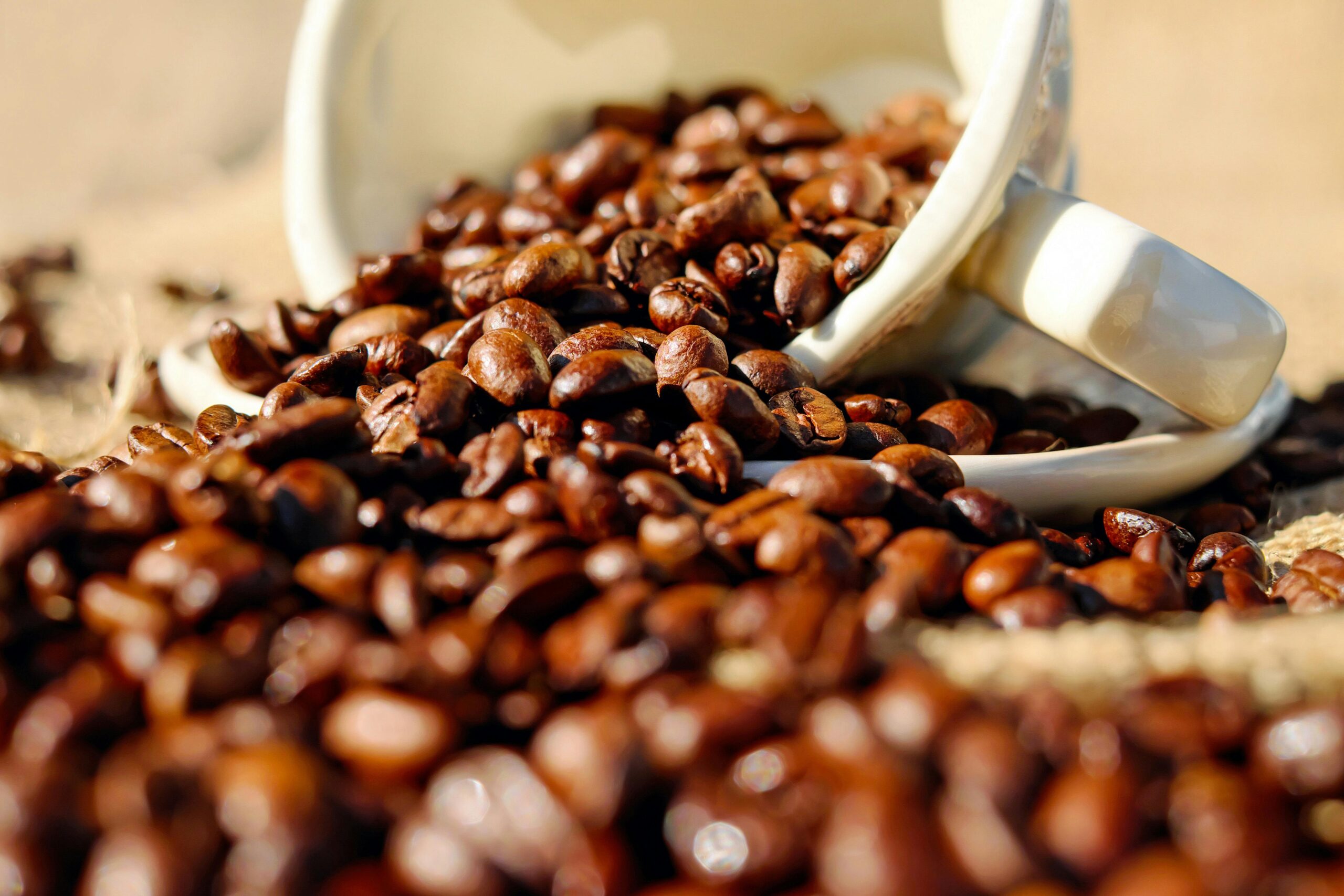When you set out to dial in your coffee recipe, you begin a journey toward understanding your own taste preferences and unlocking consistent enjoyment in every cup. A tuned recipe ensures that your coffee flavor is neither under-extracted nor overbearing, but just right for your palate. Mastering this process transforms brewing into a reliable craft, so every morning delivers a balanced, satisfying experience that aligns with what you love.
Through intentional adjustment of grind size, dose, water ratio, temperature, and brew time, you calibrate a personal standard. This article guides you step by step through dialing in the recipe, exploring how each variable affects taste and how to achieve harmony between sweetness, acidity, body, and aromatics. The result is a great cup that reflects your unique palate preferences in a repeatable way.
What Does “Dialing In” Actually Mean?
Dialing in means refining your coffee recipe until extraction is optimal. In practical terms, extraction refers to how much soluble coffee is dissolved into your brew. Under extraction results in sour or thin notes, while over extraction can yield bitterness and harsh dryness. The goal is a balance where flavors feel rounded, aromas stand out clearly, and texture feels pleasing on the palate.
To dial in effectively, you adjust variables systematically. You may grind finer or coarser, tweak the dose or ratio, change brew time, or slightly alter water temperature. Each adjustment shifts the extraction rule. By tasting and noting differences, you narrow in on a recipe that consistently delivers clarity, sweetness, and satisfying body aligned with what you enjoy.
Setting Up Your Brewing Parameters
Begin with a base coffee recipe using a common starting point: for example, 1:16 ratio of coffee to water, 92–96°C water temperature, and a medium grind. Weigh your coffee and water precisely. Use a timer to monitor brew duration. From there, taste and observe: is it thin, sour, weak, or overly bitter? Let that feedback guide your first adjustment.
If your coffee tastes bright but lacks sweetness and body, try increasing dose or grinding finer. If it tastes harsh or astringent, grind coarser or reduce contact time. If it seems bland, experiment with a slightly hotter water temperature. Keep everything else constant as you make changes, then taste again. Record each iteration so you can compare and replicate your ideal recipe.
Understanding Grinding and Extraction
Grind size greatly influences extraction rate. Coarser grounds slow extraction and often yield lighter body; finer grounds speed it up and emphasize acidity and extraction yield. When you dial in your coffee recipe, grinding becomes an art. A few microns finer can change your cup significantly, so adjust incrementally.
Always use a burr grinder for consistency. After each adjustment, rinse the filter and brew freshly. Taste preference matters: if you favor brightness, a bit finer might highlight origin characteristics. If you prefer sweetness and texture, a coarser but slower extraction might suit. The goal is to find the balance that matches your desired sensory profile.
Ideal Ratios and Dose Practicality
The common starting ratio of 1:16 is a reliable baseline for filter brewing. However, for fuller body or sweetness, many prefer a 1:15 or even 1:14 ratio. For delicate coffees with floral or citrus notes, a lighter ratio like 1:17 can preserve brightness and clarity. When dialing your coffee recipe, sequence your changes: ratio first, then grind size, then brew time or temperature.
If you adjust ratio, adjust dose or water proportion and keep extraction time within typical guidelines. Avoid changing multiple variables at once. For instance, increasing dose and simultaneously raising temperature could obscure your understanding of what caused improvement. Always isolate one variable for clarity and better reproducibility.
Controlling Brew Time and Temperature
Time and temperature work in harmony. Too short a brew time may under-extract, while too long may lead to bitterness. Temperature affects how compounds dissolve: cooler water preserves delicate aromatics, hotter water extracts sugars and bitterness faster. When dialing in, try brewing at 94°C first, then test at 92°C or 96°C to note differences.
Aim for brew times between two and a half to four minutes depending on method. For immersion methods like Aeropress, brew time may be shorter—around one to one and a half minutes. Adjust grind and time together so extraction feels balanced. By tuning temperature slowly, you refine sweetness and clarity in your coffee recipe.
Tasting and Cupping Your Iterations
Tasting with intention is key in dialing in your coffee recipe. Cup each brew, noticing acidity, sweetness, body, and aftertaste. Write down observations such as “bright citrus,” “nutty sweetness,” or “slight astringency.” Compare your adjustments to note trends.
Try tasting side by side: original recipe versus tweaked version. This reveals which parameters improve or degrade balance. Repeat as needed until your cup feels right. Once achieved, note exact weights, grind setting, brew time, and temperature. This becomes your reference. Practice that recipe until it becomes natural and consistent.
Brewing Methods and Recipe Adaptation
Whether using pour-over, AeroPress, Chemex, or French press, dialing in your coffee recipe follows similar principles but requires attention to your chosen method. A V60 might require a pulse pour technique; a French press calls for a coarser grind and longer steep time. Each method has optimal extraction characteristics.
Baristas often adjust their recipe based on method sensitivity. For espresso or AeroPress with fine grind and short contact time, dose and temperature become critical. For immersion methods, grind and time matter more. Always adapt base recipe to suit equipment while maintaining an intentional dialing-in mindset.
Adjusting Based on Roast and Origin
Different origins and roast levels extract differently. Light roasts benefit from a finer grind and slightly longer brew time to coax out sweetness. Dark roasts may brew brighter with coarser grinds to avoid bitterness. When dialing your coffee recipe, keep roast date in mind—fresher beans may require slightly coarser grind due to CO₂ retention.
Single-origin lots vary widely—Ethiopian coffees may show floral notes at lighter extraction, while Brazilian naturals extract sweet fruit with balanced body. When exploring new origins, treat each as a fresh puzzle—dial in separately. Over time, you’ll learn how specific beans respond to your standard recipe and how to adjust accordingly.
Building Consistency in Daily Brewing
Once you’ve dialed in a recipe to your liking, consistency brings joy. Use the same scale, grinder, water source, and method each time. Clean your equipment regularly. Use similar water hardness for taste stability. Avoid shortcuts that introduce variable extraction.
When traveling or changing equipment, replicate conditions closely. Bring your scale, note your grind setting, and use familiar beans. This attention ensures your best coffee recipe follows you. Over time, dialing in becomes second nature, and your morning ritual becomes more reliable and delightful.
When to Re-Dial In
Beans change over time. A fresh roast requires different settings than one aged two weeks. Seasonal microlots may need tweaks in each batch. If your coffee bites or tastes weak, revisit your recipe. Minor adjustments—maybe zero-point-two grams or a few seconds—are common.
Don’t assume a recipe works permanently. Re-dial every few weeks or when switching origin or roast profile. This keeps your cups consistent even as beans or environment change. Dialing in becomes not just a practice—it becomes an evolving craft tied to sensory mindfulness.
Final Thoughts on Finding Your Balance
Dialing in your coffee recipe is a deeply personal pursuit. It’s about learning how water, time, grind, and dose interact to produce taste that fits your preferences. While guidelines provide structure, true mastery comes from tasting, adjusting, and listening to your palate. Each adjustment brings you closer to a recipe that feels uniquely yours.
By committing to this process—starting methodically, tasting critically, and recording results—you build confidence and control over your brewing. Every successful cup encourages further exploration and refinement. In time, dialing in becomes less work and more intuition, and your ritual evolves into reliable enjoyment. The perfect balance is yours to discover—and to repeat, cup by cup.

